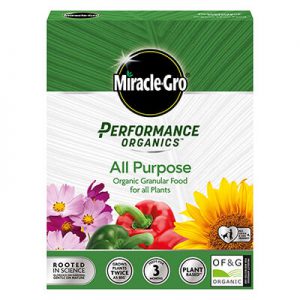One of the best vegetables you can grow in your garden is potatoes. Potatoes are a great source of nutrients, they’re easy to grow, and they store well. In this blog post, we will discuss everything you need to know about seed potatoes. We will cover what they are, why you should grow them, how to plant them, and when you can expect to harvest them. We also recommend that you don’t use potatoes from the supermarket as seed potatoes – it’s much better to get them from a reputable seed potato supplier.
Jump to
What are Seed Potatoes?
Seed potatoes are simply potatoes that have been certified to be disease-free. They can be used to grow new potatoes in your garden. When you plant seed potatoes, they will produce tubers (potato “bulbs”) which can then be harvested and eaten. Seed potatoes should not be confused with potatoes that you would find at the supermarket.
What’s the difference between seed potatoes and supermarket potatoes?
Potatoes from the supermarket may be disease-free, but are generally treated to prevent sprouting. They are also not treated in the same way as Seed Potatoes are for growing – so are more prone to disease and spoiling.
Seed Potatoes are certified disease-free and are designed for growth to maximise a healthy harvest. It’s always best to look for a certified Seed Potato from a reputable supplier to ensure quality.
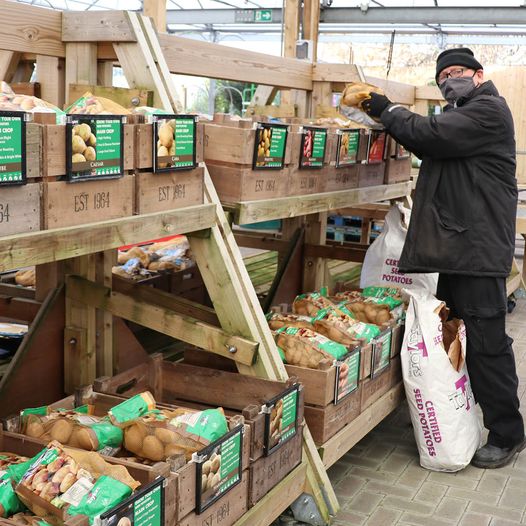
Why Grow Your Own Potatoes?
There are a few reasons why growing your own potatoes is a good idea:
- Potatoes are a great source of nutrients. A single potato can provide you with more than half of the daily recommended value of vitamin C, as well as significant amounts of potassium, vitamin B-12, and magnesium.
- Potatoes are easy to grow. If you can grow a tomato plant, you can grow potatoes.
- Potatoes store well. Potatoes that are grown in your garden will last longer than potatoes that you purchase at the supermarket.
How to Plant Seed Potatoes
When planting seed potatoes, it’s important to follow a few simple steps:
Sowing Seed Potatoes
It’s important to ‘chit’ the seed potatoes before planting. This means allowing them to start sprouting shoots. Stand them rose end up (the end with the most small dents, or eyes) in egg boxes. The potatoes are ready to plant when the shoots are about 3cm.
Planting
Potatoes need a sunny site. Avoid planting in a spot prone to late frosts, as the newly emerging foliage is susceptible to frost damage in April and May. Prepare the ground, ideally the previous autumn or winter, by digging in plenty of organic matter such as garden compost or well-rotted manure.
The traditional planting method is to dig a narrow trench 12cm (5in) deep. Space the tubers 30cm (1ft) apart for earlies and 37cm (15in) for maincrops, in rows 60cm (2ft) apart for earlies and 75cm (30in) apart for maincrops. Apply a general-purpose fertiliser at this stage.
When Can I Expect to Harvest Potatoes?
First early potatoes should be ready to lift in June and July Second earlies in July and August Maincrops from late August through to October With earlies, wait until the flowers open or the buds drop. The tubers are ready to harvest when they’re the size of hens’ eggs.
If you’re looking for a great vegetable to grow in your garden, then potatoes are a good choice. Seed potatoes are easy to plant and they produce a lot of tubers which can be harvested and eaten. Our Seed Potatoes at Ruxley Manor are in stock now and ready for planting. You’ll be enjoying fresh potatoes from your garden in no time!


